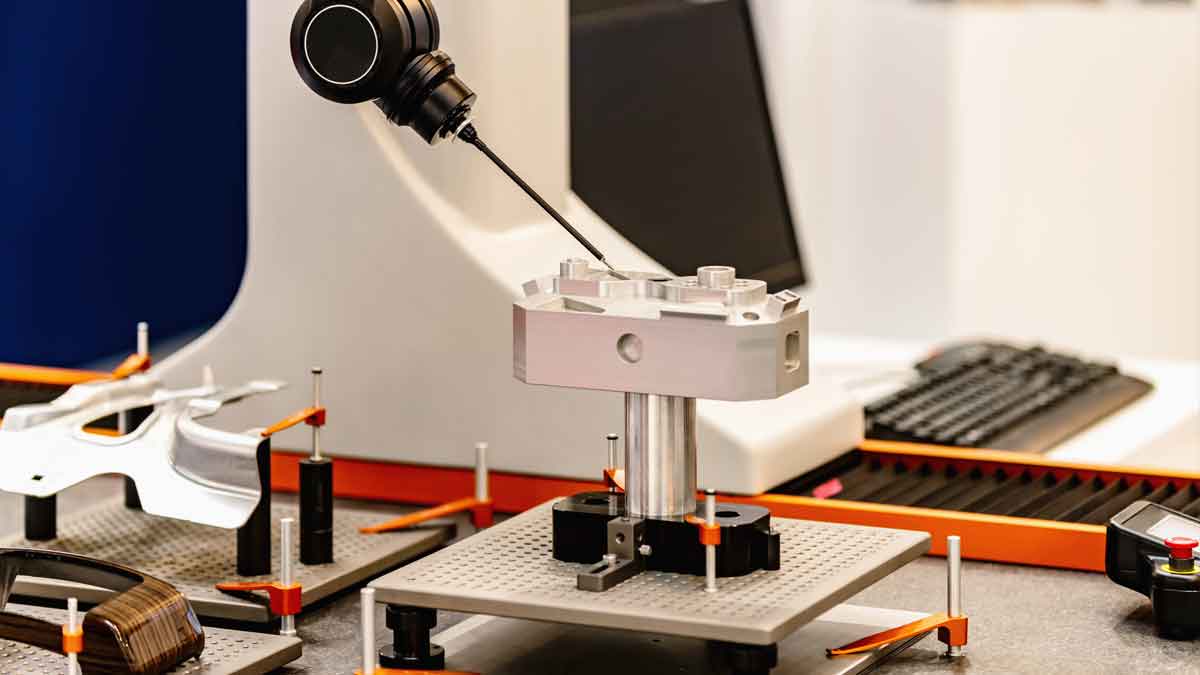Why is there a boom in IoT? The several applications of IoT in business are causing an increase in the demand of IoT. It used to be impossible even to imagine a world where sensors and chips could be embedded in physical objects, but it has become a reality thanks to the Internet of Things.
In an exceedingly small amount of time, IoT technology has become a key concept for many businesses. The Internet of Things has significantly changed many aspects of our daily lives, including driving, cooking, buying, and manufacturing.
Nowadays, you can see many IoT devices everywhere. The IoT’s exposure is impressive in terms of numbers. Several global enterprises have successfully integrated IoT tools in their infrastructures, these tools can optimize production, reduce delivery times, and lower their expenditures.
Primary Benefits of IoT in Manufacturing
The reason for the increasing number of new applications of IoT in business is that IoT turns out to be extremely beneficial for both the producers and their customers. Industrial IoT allows manufacturers to increase the number of equipment that can be remotely viewed and serviced.
Companies, as a result, can accurately estimate the needs of their customers. The Internet of Things is transforming manufacturing as one of the most important industries. Some plants already use connected control systems to monitor and process.
These are a few of the primary benefits of IoT solutions:
- It gives you an opportunity to avoid delays and detect potential issues.
- Cognitive operations can help the industrial unit increase production quality as well as extract the benefits of raw materials and manufactured components.
- It allows managers to better manage the resources, increase worker skillfulness, and create a safe working environment.
A handful of IoT projects currently deal with asset and facility management, security, operations, logistics, customer service, and operations.
Predictive Repairing and IoT
Another application is to connect IoT-driven gadgets with different sensor points (temperatures and vibrations, voltages, currents, among others). Thus, IFTTT, cloud/API, or legacy system manufacturers can access essential maintenance data by connecting to other devices. Therefore, this information can be used to assess the machinery’s current condition, identify warning signs, transmit alerts, and trigger appropriate repair processes.
IoT makes maintenance a fast-paced, automated process that anticipates failures well in advance.
It also gives way for cost savings over traditional preventive measures, as actions are taken when they are needed. In addition, managers can spot problems in plant machinery by having accurate data at hand.
It also helps managers plan maintenance operations and keep systems online while workers are still doing the job.
IoT can prolong the equipment’s life expectancy, increase plant safety, and reduce the risk of environmental accidents. In simple terms, IoT can immensely improve your company’s predictive repairing/maintenance capabilities.
Medivators, a leading international manufacturer of medical equipment, successfully integrated IoT solutions throughout their global services. This gave them an opportunity to experience a 78% increase in the number of service events and issues. If there are any, they can be quickly and easily fixed.
IoT and Remote Controls
What is really amazing about IoT is that you can reallocate your company’s computing resources to a customized cloud or connect the device to one of the popular PAAS (platform-as-a-service) cloud computing models.
This gives you an opportunity to collect and analyze large-scale data sets that are necessary to supervise various field devices such as switches and valves.
This data is sent to IoT to ensure that machinery and production processes are controlled. IoT devices have already been proving to be a boon for the power, oil, and gas industries as well as for telecommunications.
Remote production control is a key feature in industrial automation systems. It allows for central supervision of the production process. Remote control gives you a better and quicker view of the production area.
It also helps employees in analyzing enterprise data. This makes IoT technology a key instrument for ensuring safe automation, monitoring workers and tracking personnel location.
Asset Tracking and IoT
Manufacturing companies are increasingly adopting asset management practices. IoT technology, combined with native web and mobile apps on iOS and Android, allows for access of real-time asset information and for reasonable decision-making.
One of the applications IoT can have in businesses such as manufacturing companies is tracking. Tracking is primarily about locating and monitoring such critical assets as raw materials, containers, and finished products. These applications can significantly optimize logistics, keep records of work in process, and report thefts and violations.
IoT-based asset monitoring gives producers an opportunity to calculate the use of movable equipment components and take measures to lower idle time and increase utilization.
Logistics Management and IoT
Transportation-dependent enterprises can also benefit IoT-led interconnection among an assortment of devices and systems.
Manufacturers can lower or eliminate risks associated with managing their automotive fleet using IoT-driven devices. The company will be more efficient if it has autonomous fleet solutions.
Another application of IoT in businesses such as logistics enterprises can be the optimization of tasks, which include fuel cost, monitoring, smart deliveries, diagnostics, and drivers. Now, when it comes to fuel costs and repairs, logistics managers make great use of IoT.
A real-time monitoring of vehicle and driver performance can increase technician’s safety, help lower inventory damage, and lower insurance costs.





